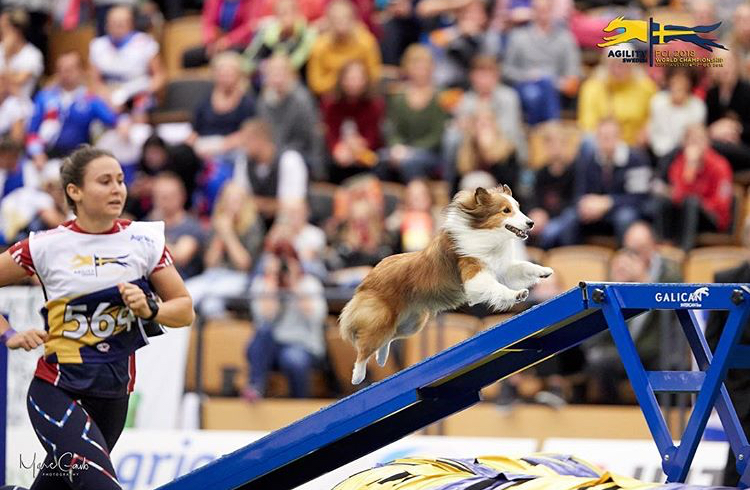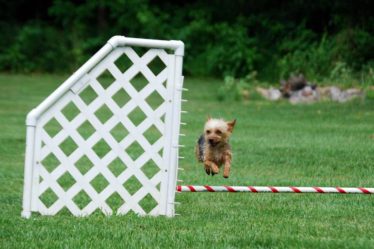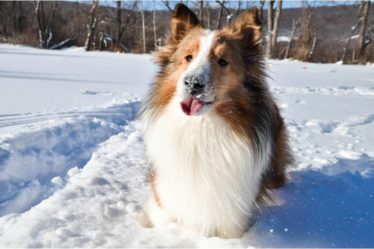
By Kathleen Oswald MS & Adam Whisler, MS, CSCS, TSAC-F, CISSN, USAW
As an agility handler your job is to run alongside your teammate while using body language and verbal cues to give directions. Being fitter and faster can make it easier to handle your dog on course and increase the number of handling options that are available to you. For this very reason, fitness is becoming a priority for many handlers. But, getting fit for agility isn’t as simple as it sounds. Finding workouts online or even hiring a personal trainer can be a great start to improving your health, but these resources may lack the understanding of dog agility needed to really take your fitness to the next level. In this article, we’re going to break down three myths about fitness for agility to help you better understand exercises that will actually be beneficial for your fitness goals!
Myth #1: You have to “be a runner” to get faster
Most people define “being a runner” as doing a 5k or farther. Running a 5k or longer distance doesn’t provide the body with a similar physical stimulus as a handler will find when running an agility course. Running far requires the body to develop slow-twitch aerobic muscle fibers, whereas the speed and change of direction seen when handling in agility requires the development of fast twitch anaerobic muscle fibers.
So, what does this mean?
By running long distances you’re developing the opposite muscle composition of what you need to be quick on course. This is not to say that running would not improve handler speed due to increased lean muscle mass, weight-loss or improved overall health. Running for distance is simply not the best or most necessary exercise to improve your handling abilities.
Myth #2: Agility ladders increase your speed and agility
The agility ladder as an athletic training tool does not improve agility or speed. Agility, as an athletic skill, combines your ability to accelerate, decelerate and change direction. Throughout ladder drills both speed and direction are constant; there is no acceleration, deceleration or change of direction. By design this tool does not improve your ability to run fast and change direction quickly; it does improve your ability to learn footwork through a ladder drill. By practicing a variety of ladder drills at increasing speeds you will get faster and increase coordination, but this doesn’t transfer well to dog agility.
Ladder drills simply do not represent the physical components that dog agility requires.
A handler needs to be able to accelerate quickly, decelerate quickly and move through multiple planes of motion – in other words, not just run in a straight line, but move forward, backward and diagonally. Best to leave the ladder out of your workouts if your real fitness goal is to beat your dog down the line for that blind or improve your footwork through front crosses.
Myth #3 Strength training hurts running performance.
The common misconception is that strength training will cause you to bulk up and get weighed down by all that extra muscle. This is not the case as weight gain and loss is determined mostly by your caloric intake, not by what exercise you do. Rather, with strength training your body will undergo recomposition where you lose body fat and gain lean muscle mass. Strength training increases your ability to produce force – your ability to produce force in a short period of time is exactly what will make you quicker on course.
It does this by increasing the strength of your muscles, tendons, ligaments and joints through loading compound exercises that emphasize full ranges of motion. Handling puts a large strain on our tendons, ligaments and joints due to the quick change of direction, acceleration and deceleration required of handlers. We’ve likely all seen more than one of our fellow agility competitors injured due to the high physical demand of our sport. Strength training can minimize your risk of injury and increase your handling performance on course by enhancing your overall health and ability to change direction and run faster while staying balanced.



